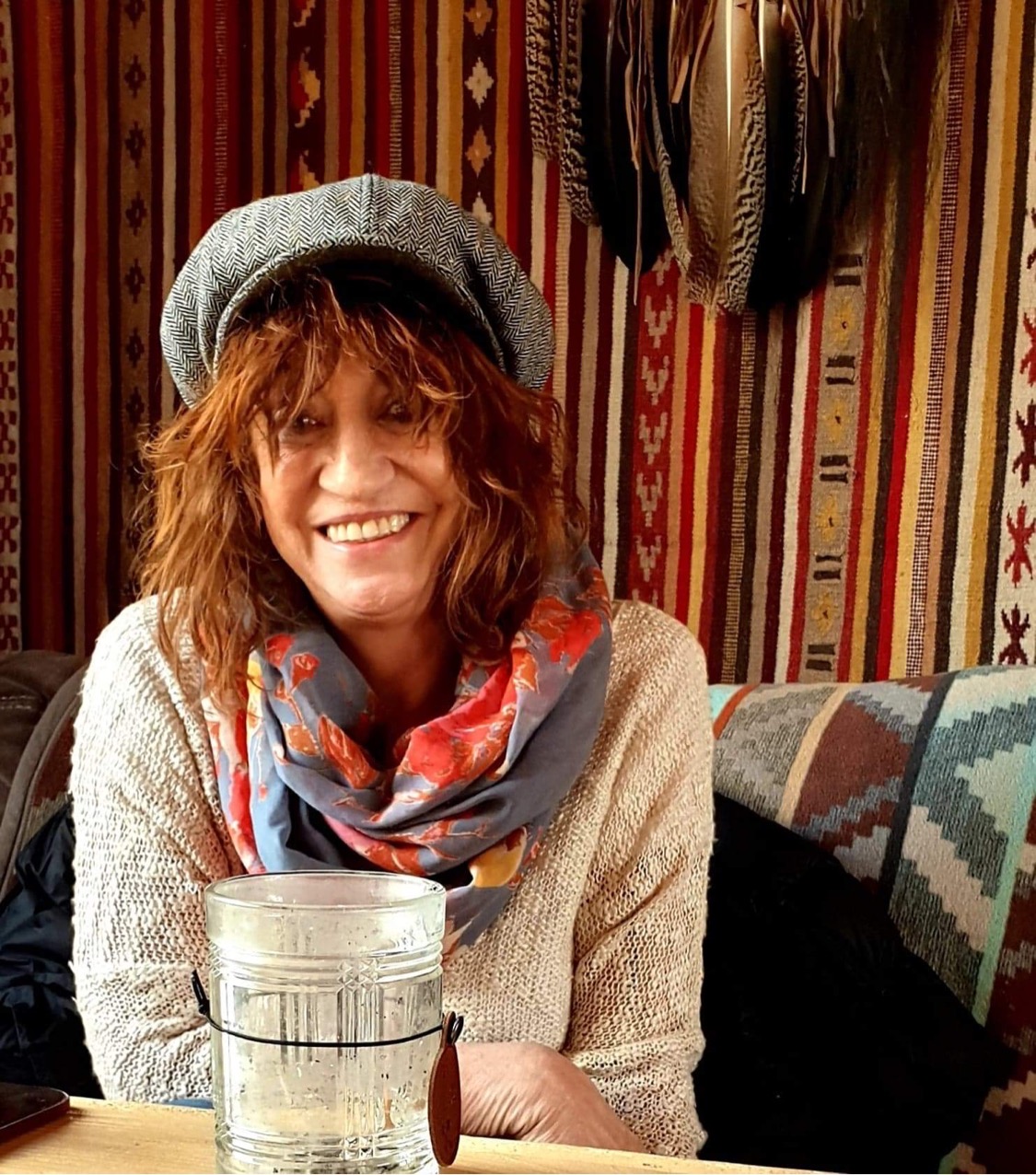Barbara Kosmowska
, b. 1958
Barbara Kosmowska (1958- ) was born in Bytów, Poland. She studied Polish Philology at the University of Gdańsk and for a short time worked in her home town as a teacher of Polish language. In 1999 she received a PhD at the University of Gdańsk, for a thesis was dedicated to the work of a Polish children’s author, Zofia Urbanowska (1894–1939). Kosmowska has worked as an assistant professor (adiuncta) at the Pomeranian University in Słupsk. She has written almost 30 books (e. g. Teren prywatny [A Private Territory] (2001), described as a Polish version of Bridget Jones’ Diary by Helen Fielding). Her books include over 10 for children and YA, for example Samotni.pl [Lonely.pl] (2011), Kolorowy szalik [Coloured Scarf] (2014), and Buba [Buba] series (2002–2007). In 2007 she received the Book of the Year Award from the Polish Section of IBBY (International Board of Books for Young People) as well as first prize in the Astrid Lindgren Competition for her Pozłacana rybka [Gold-Plated Fish] (2007).
Bio prepared by Krzysztof Rybak, University of Warsaw, rybak.km@gmail.com
Questionnaire
1. What drew you to working with Classical Antiquity and what challenges did you face in selecting, representing, or adapting particular myths or stories?
The idea of using a mythical character and making it the ancestor of the hare species came from the belief that the clash between "big" and "small" in a children's book is an amusing attraction, but also an invitation to potential readers to learn about the "great book of myths”. Such an intention agrees with my conviction that in children’s literature ordinary things should be written in simple terms. In this case I had also no problems choosing the mythical hero. Hercules met all the "monumental" expectations.
2. Why do you think classical / ancient myths, history, and literature continue to resonate with young audiences?
It’s got to. The European cultural circle in which we grow from childhood nurtures us using familiar mythology, fairy tales and religious beliefs. If beliefs are in some way imposed on us by family or if we acquire this kind of knowledge, as adults – classical myths, firmly embedded in our consciousness, first lead us into the magical world and then inspire in translating our real world. If we know myths we understand all classical literary, artistic, and musical inspirations. We accept them consciously and subconsciously. They become the non-verbal language of symbols. Young recipient – who does not like literalism – finds herself/himself easily in such communication as described above. Not to mention the attractiveness of myths resulting from their contemporary character, archetypical messages, and finally universality which allows them to be adopted and reproduced in literary genres adored by children and youth: fantasy and science-fiction.
3. Do you have a background in classical education (Latin or Greek at school or classes at the University?) What sources are you using? Scholarly work? Wikipedia? Are there any books that made an impact on you in this respect?
I have only a "basic" classical education related to the subject of philological studies and the two-year Latin language course. But extended studies in philology (PhD) allowed me to explore ancient literature longer than average students of Polish studies do. In my literary work sometimes I use articles or books dealing with antiquity. There, I am looking for answers to the questions that bother me the most.
4. Did you think about how Classical Antiquity would translate for young readers, esp. in Poland?
No, to be honest. I only hoped that the figure of Hercules, who fascinated me in childhood, just like the heroes of other myths, will enrich the world of the hares and will unify it in a heroic way. So I chose this figure of Hercules consciously and with the conviction that this is the right hero.
5. How concerned were you with "accuracy" or "fidelity" to the original?
In this particular case, it was a charismatic, strong character, who provides to the hares a reason to be proud. Therefore, the choice of the hero did not require deep classical studies. However, if I would refer to Graeco-Roman mythology in a wide range, I would certainly look for strong links with the generally accepted and well-known version of the myths.
6. Are you planning any further forays into classical material?
I grew up among myths and they are always in me. I do not plan any specific returns, but no doubt the knowledge that fascinated me in my childhood is still heard and appears in my work. After all, the books we write reflect our discoveries, fascinations, and admiration, in which we grew up to be adults…
Prepared by Krzysztof Rybak, University of Warsaw, rybak.km@gmail.com
Records in database:



